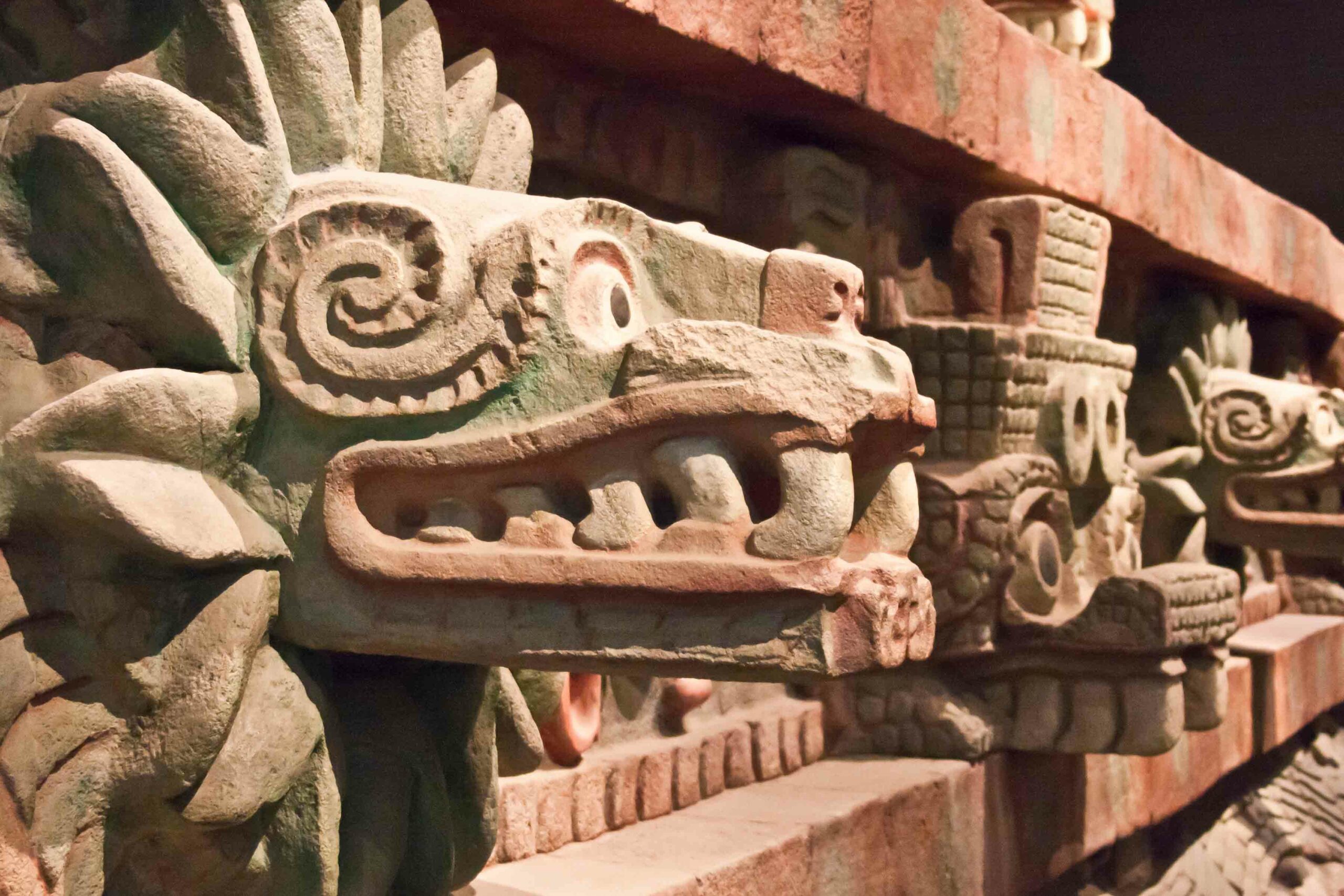Latest News
-
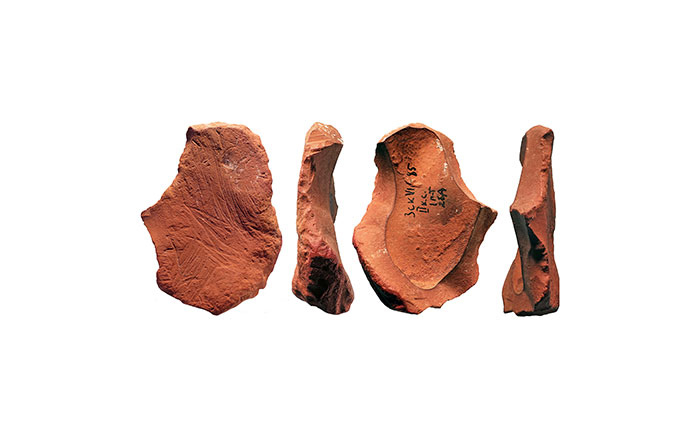 D’Errico et al. 2025, Science Advances
D’Errico et al. 2025, Science Advances -
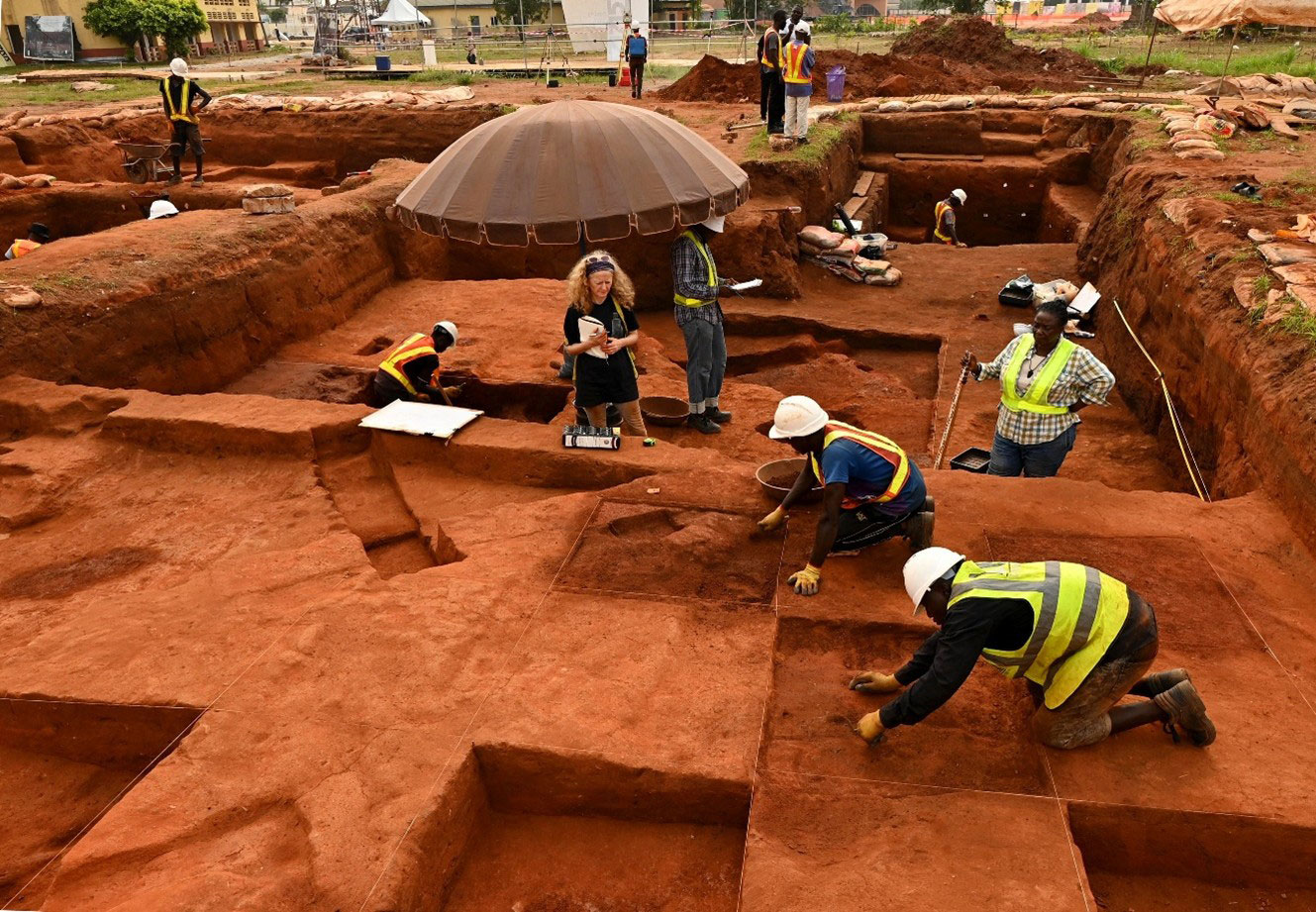 Folorunso et al. 2025, © Antiquity Publications Ltd.
Folorunso et al. 2025, © Antiquity Publications Ltd. -
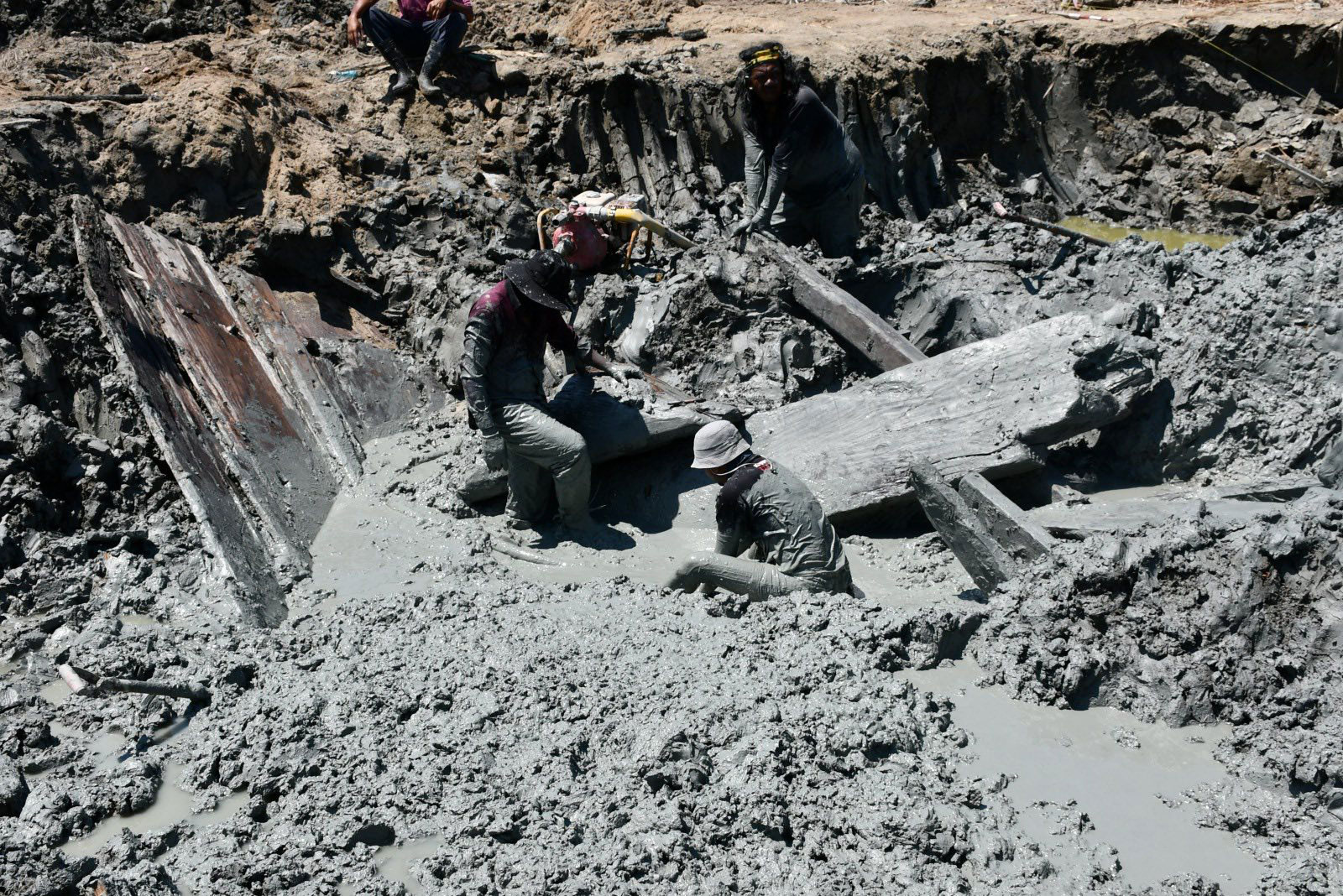 Malaysia's Department of National Heritage
Malaysia's Department of National Heritage -
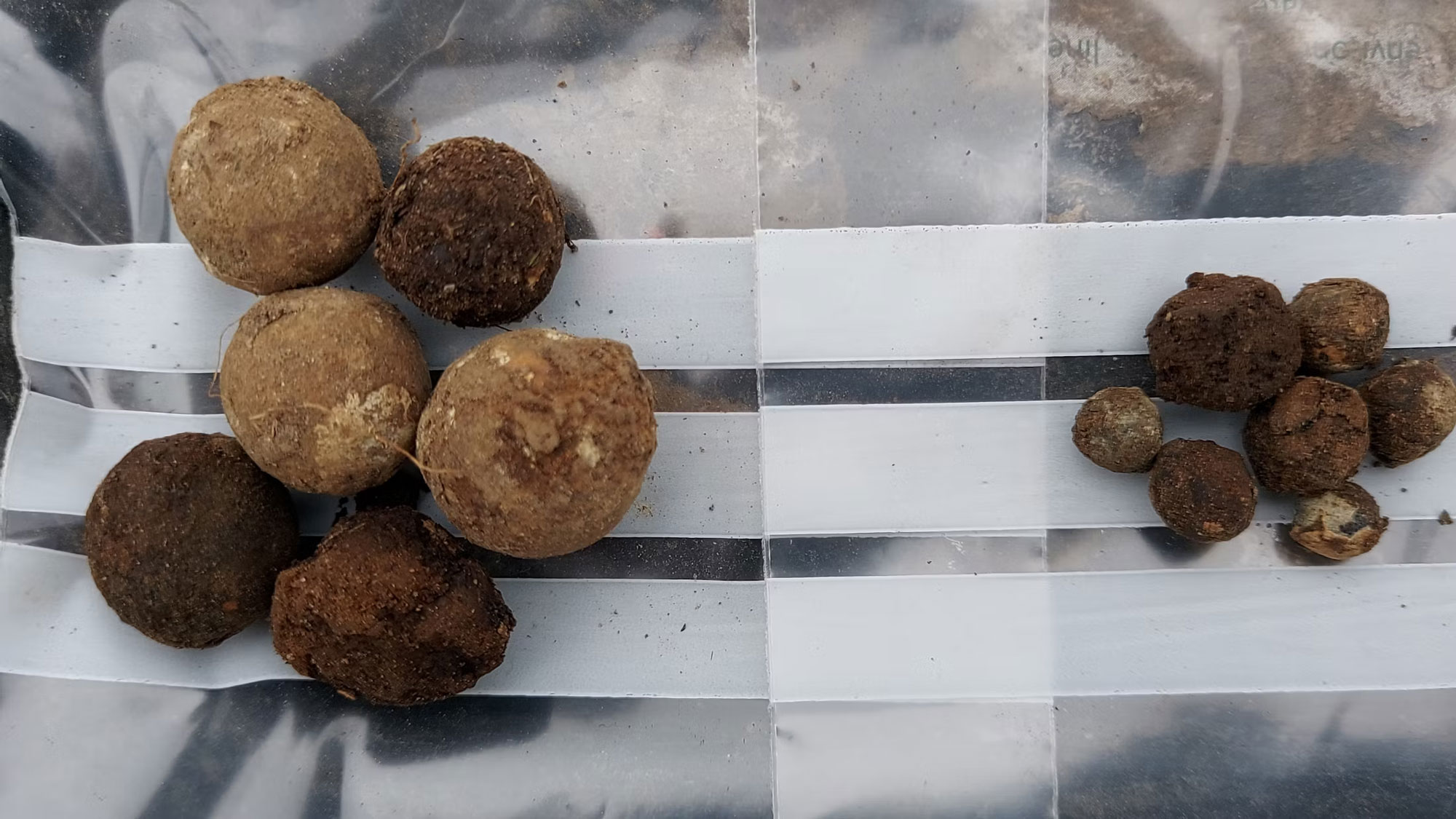 National Trust for Scotland
National Trust for Scotland
-
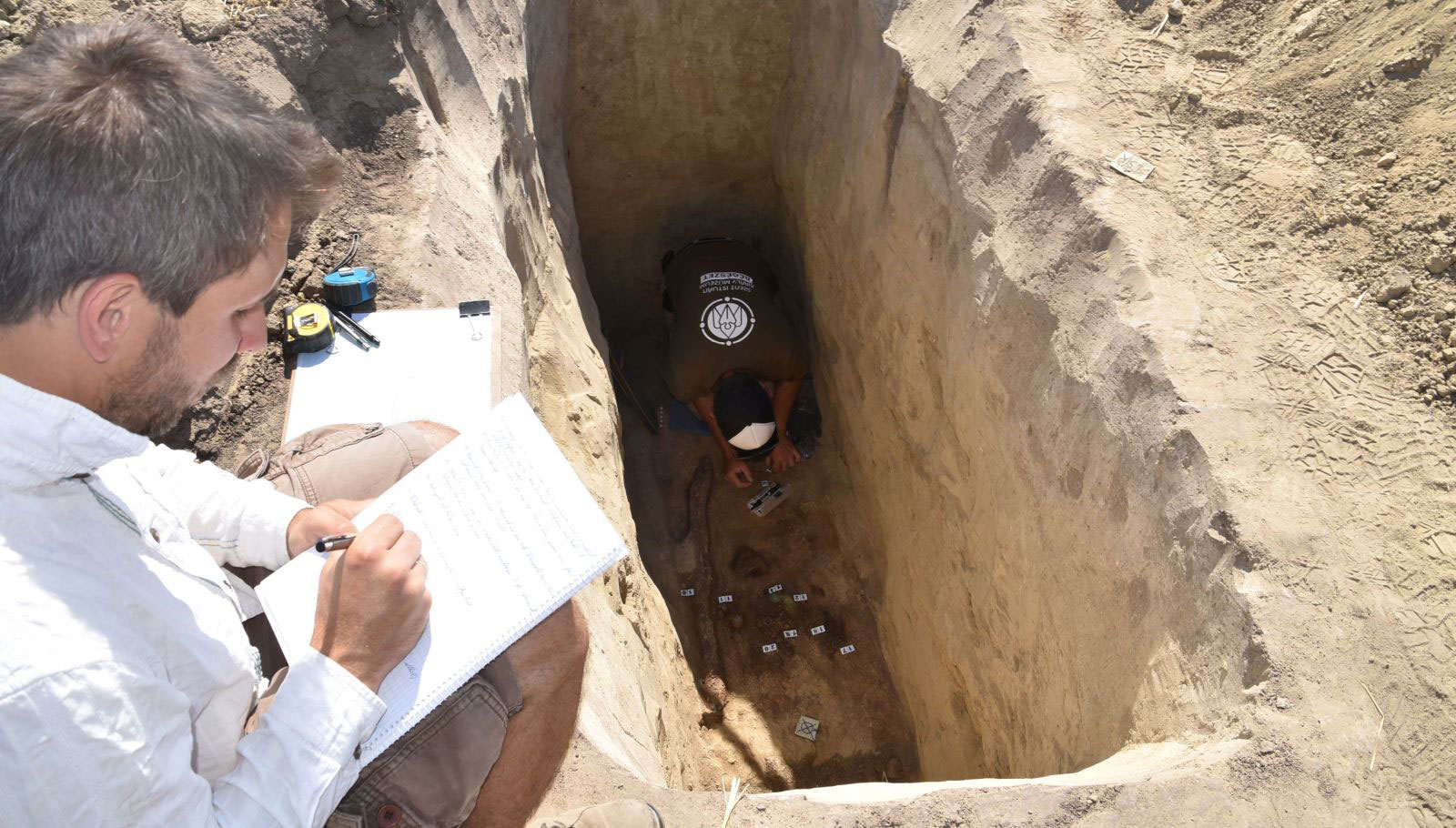 King Saint Stephen Museum
King Saint Stephen Museum -
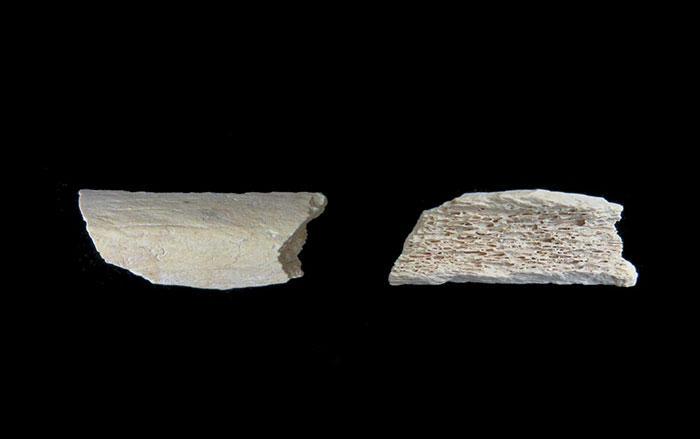 © Emily. M. Pigott
© Emily. M. Pigott
-
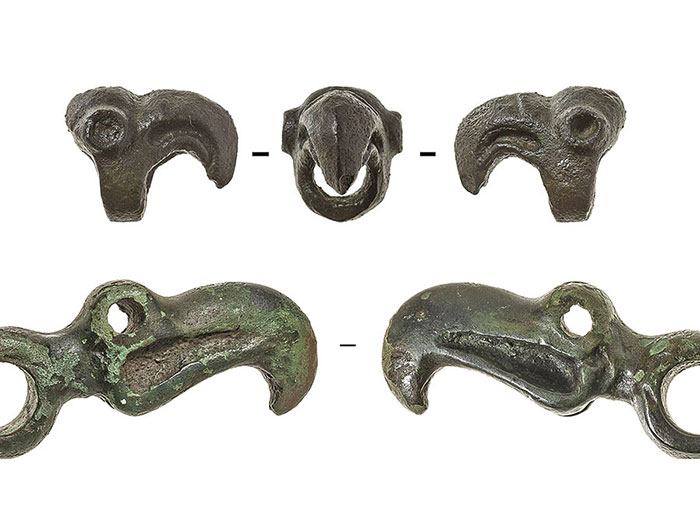 Sadykov et al. 2025, © Antiquity Publications Ltd.
Sadykov et al. 2025, © Antiquity Publications Ltd. -
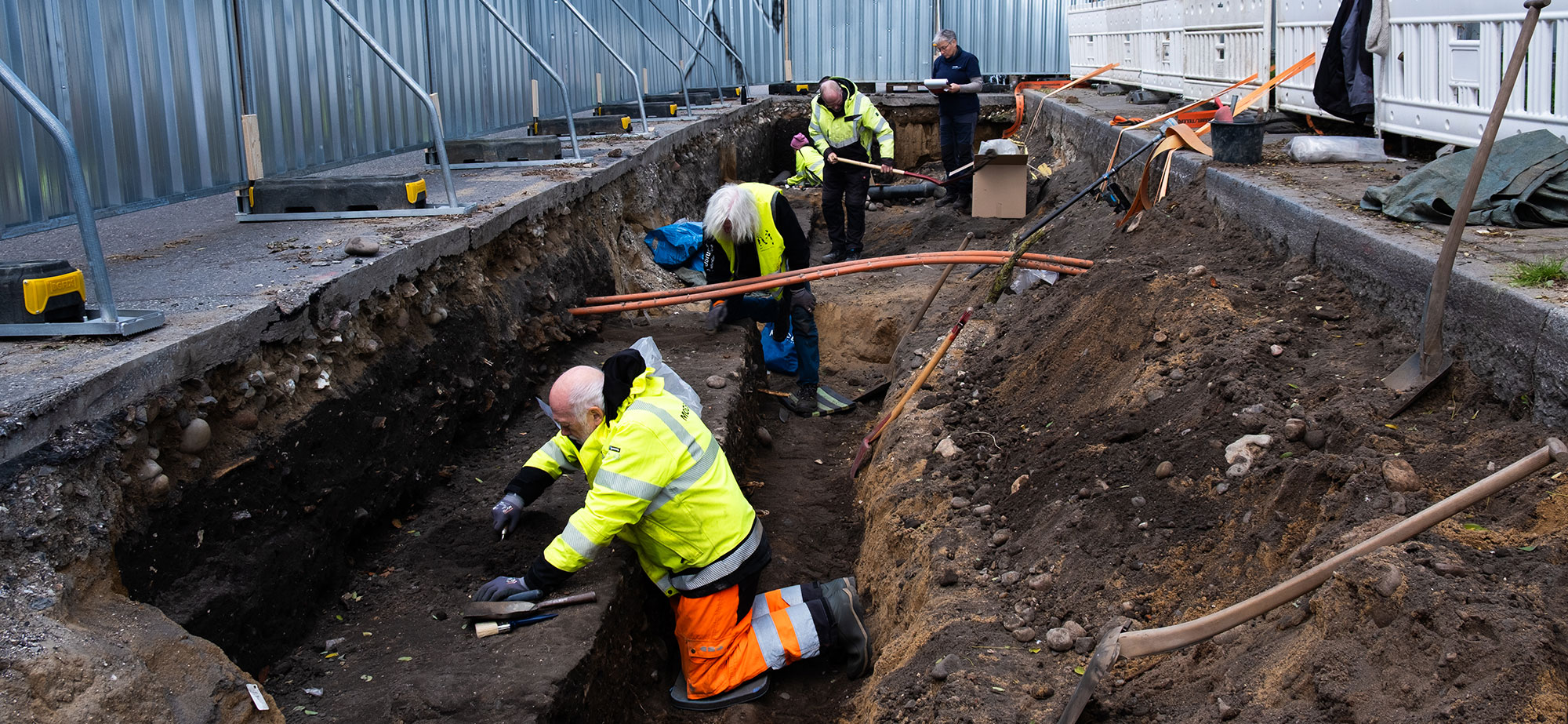 Moesgaard Museum
Moesgaard Museum
-
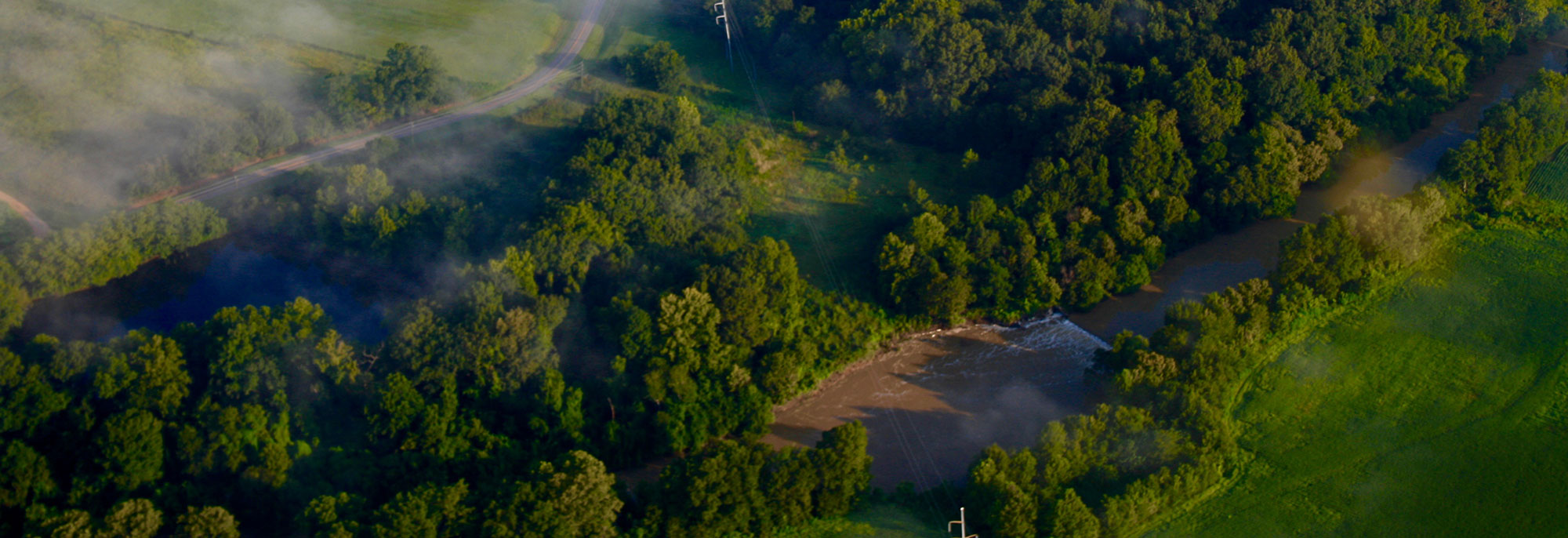 Wikimedia Commons
Wikimedia Commons -

-
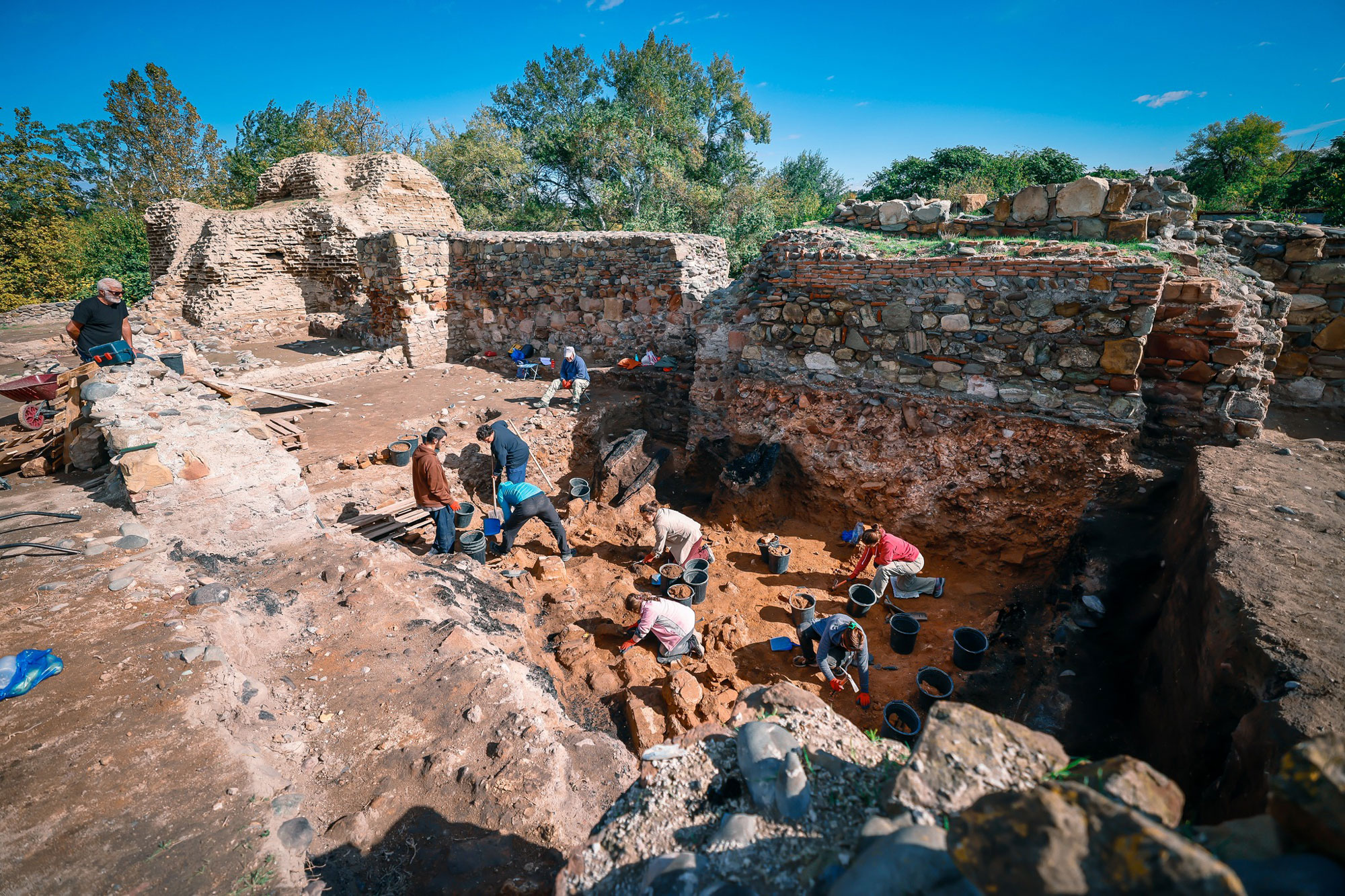 Rustavi City Hall
Rustavi City Hall -
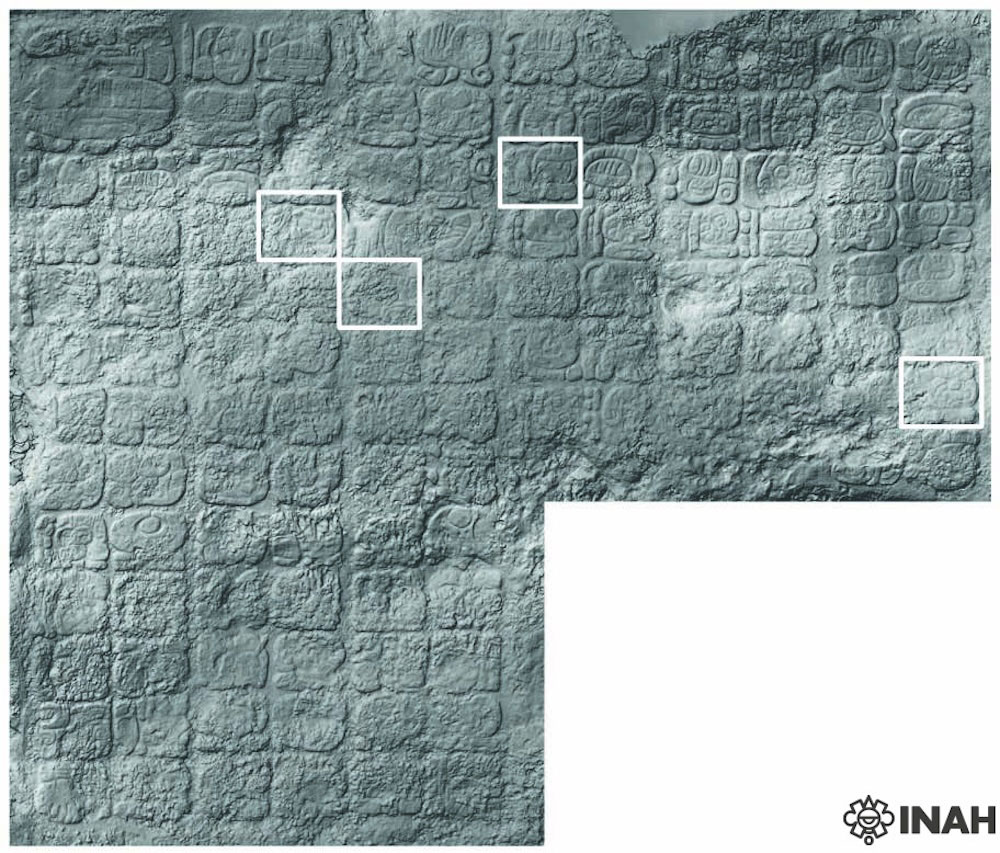 INAH/Salvador Medina and Francisco Luna
INAH/Salvador Medina and Francisco Luna -
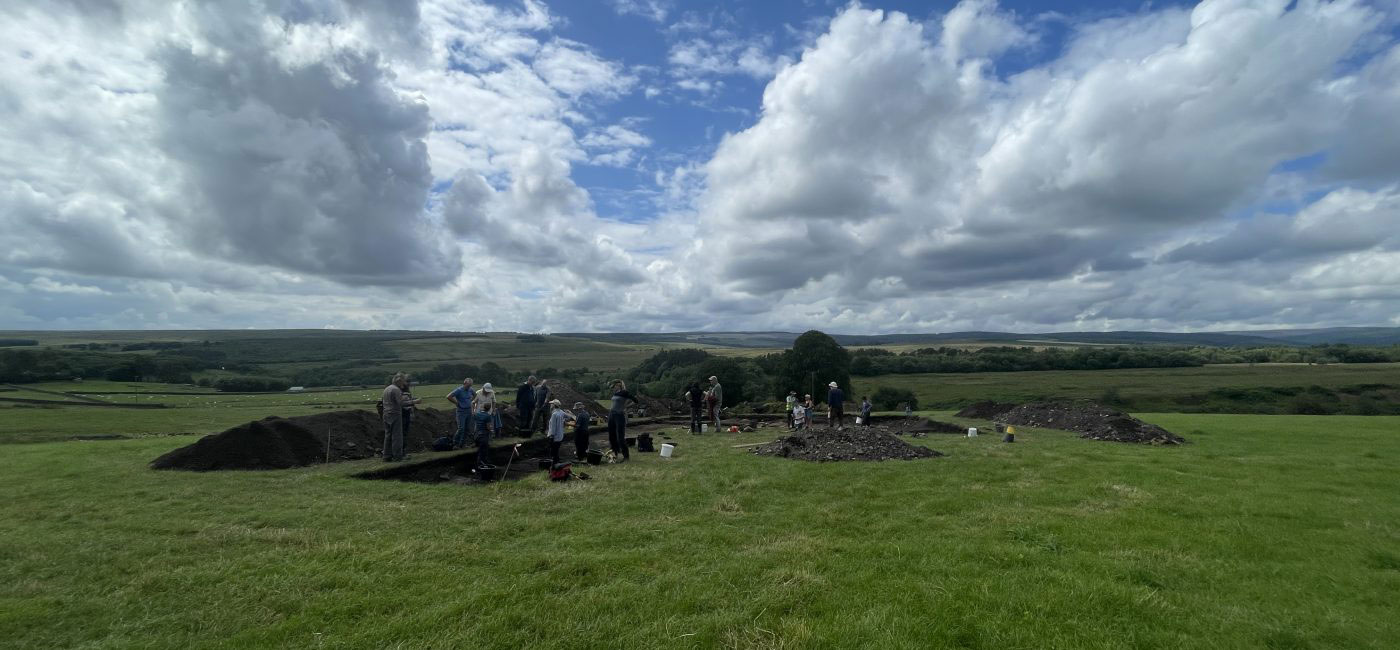 Northumberland National Park
Northumberland National Park -

-
News October 28, 2025
Molecular Analysis Identifies Pathogens in Paleofeces from Mexico
Read Article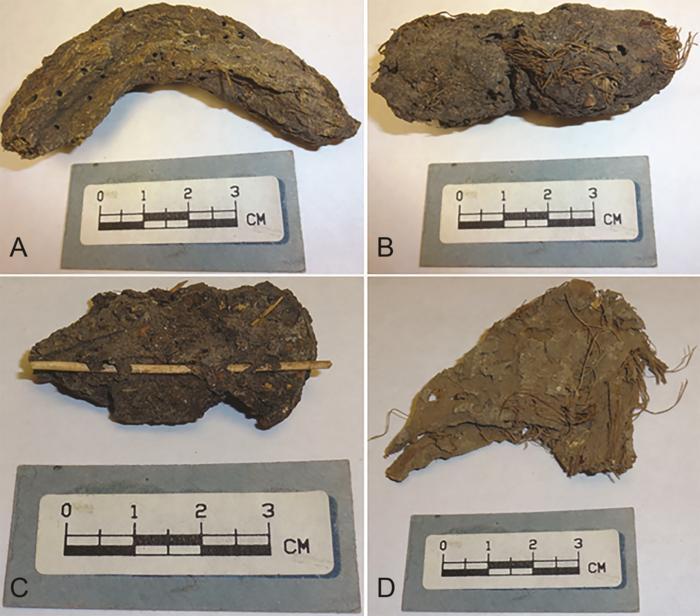 Johnica Winter
Johnica Winter -
 Bucks County Historical Society
Bucks County Historical Society -

-

-
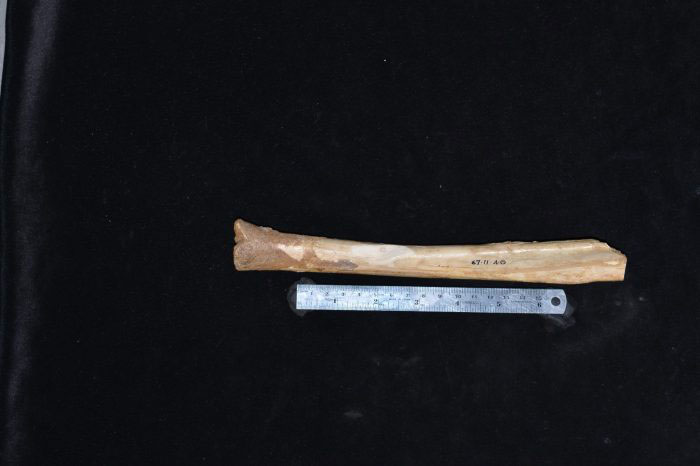 Anna Gillespie
Anna Gillespie -
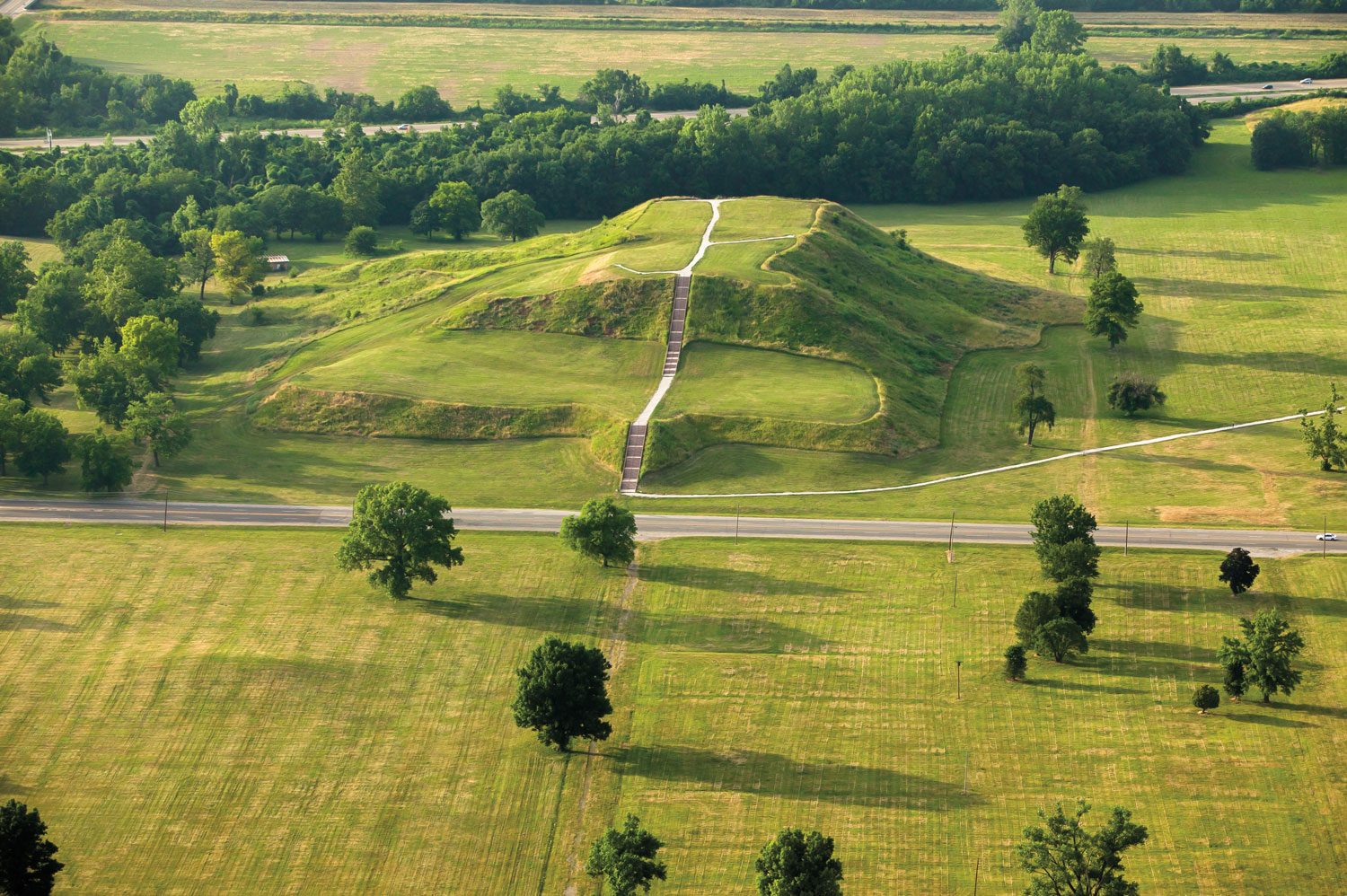 Kent/Adobe Stock
Kent/Adobe Stock
Loading...


